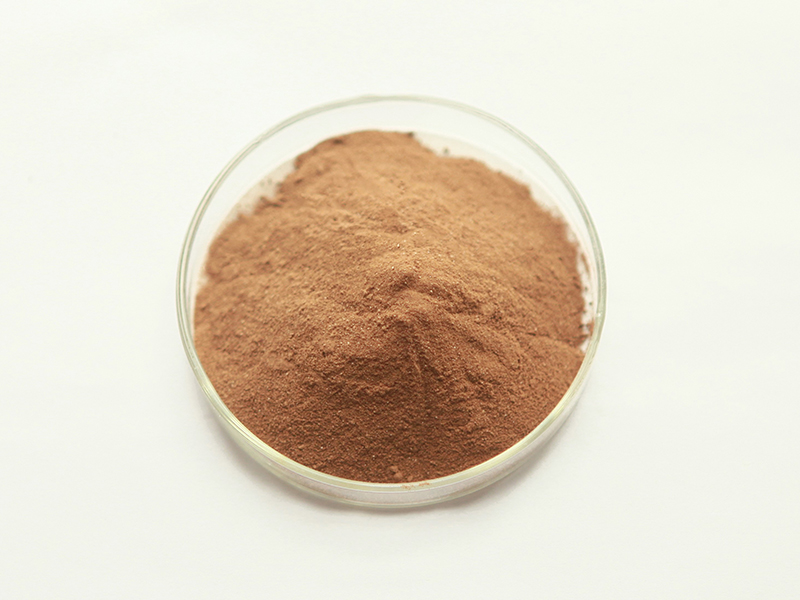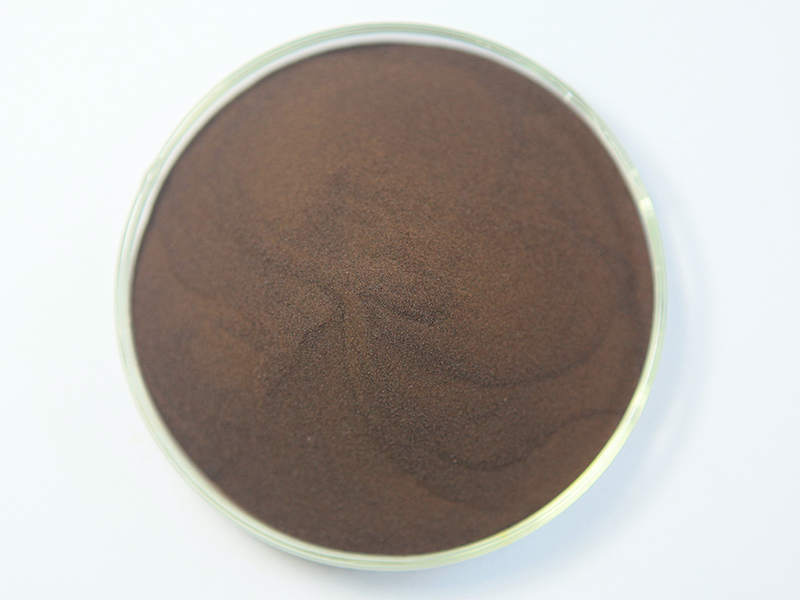The difference between sodium lignosulphonate and calcium lignosulphonate:
Lignosulfonate is a natural polymer compound with a molecular weight of 1000-30000. It is produced by fermenting and extracting alcohol from the leftovers produced, and then neutralizing it with alkali, mainly including calcium lignosulfonate, sodium lignosulfonate, magnesium lignosulfonate, etc. Let's distinguish between sodium lignosulphonate and calcium lignosulphonate:
Knowledge of calcium lignosulphonate:
Lignin (calcium lignosulfonate) is a multi-component polymer anionic surfactant with a brownish-yellow powder appearance with a slight aromatic odor. The molecular weight is generally between 800 and 10,000, and it has a strong dispersion. properties, adhesion, and chelation. At present, calcium lignosulfonate MG-1, -2, -3 series products have been widely used as cement water reducer, refractory binder, ceramic body enhancer, coal water slurry dispersant, pesticide suspending agent, leather tanning agent Leather agent, carbon black granulating agent, etc.
Knowledge of sodium lignosulphonate:
Sodium lignin (sodium lignosulfonate) is a natural polymer with strong dispersibility. It has different degrees of dispersibility due to different molecular weights and functional groups. It is a surface-active substance that can be adsorbed on the surface of various solid particles and can perform metal ion exchange. Also because of the existence of various active groups in its organizational structure, it can produce condensation or hydrogen bond with other compounds.
At present, sodium lignosulfonate MN-1, MN-2, MN-3 and MR series products have been used in domestic and foreign construction admixtures, chemicals, pesticides, ceramics, mineral powder metallurgy, petroleum, carbon black, refractory materials, coal-water slurry Dispersants, dyes and other industries have been widely promoted and applied.
|
Project |
Sodium Lignosulphonate |
Calcium Lignosulphonate |
|
Keywords |
Na Lignin |
Ca Lignin |
|
Appearance |
Light yellow to dark brown powder |
Yellow or brown powder |
|
Odor |
Slightly |
Slightly |
|
Lignin Content |
50~65% |
40~50%(modified) |
|
pH |
4~6 |
4~6 or 7~9 |
|
Water Content |
≤8% |
≤4%(modified) |
|
Soluble |
Easily soluble in water, insoluble in common organic solvents |
Easily soluble in water, insoluble in common organic solvents |
The main uses of calcium lignosulphonate :
1. It can be used as dispersion, bonding and water-reducing enhancer for refractory materials and ceramic products, increasing the yield by 70%-90%.
2. It can be used as water blocking agent in geology, oil field, consolidating well wall and oil exploitation.
3. Wettable pesticide fillers and emulsifying dispersants; binders for fertilizer granulation and feed granulation.
4. Can be used as concrete water reducing agent, suitable for culverts, dams, reservoirs, airports and highways and other projects.
5. Used as descaling agent and circulating water quality stabilizer on boilers.
6. Sand control and sand fixation agent.
7. It is used for electroplating and electrolysis, which can make the coating uniform and without tree pattern;
8. As a tanning aid in the tanning industry;
9. Used as beneficiation flotation agent and mineral powder smelting binder.
10. Coal water paddle additives.
11. Long-acting slow-release nitrogen fertilizer, high-efficiency slow-release compound fertilizer improvement additive.
12. Vat dyes, disperse dye fillers, dispersants, diluents for acid dyes, etc.
13. Used as an anti-shrinkage agent for the cathode of lead-acid batteries and alkaline batteries to improve the battery's low temperature emergency discharge and service life
Post time: Aug-22-2022








